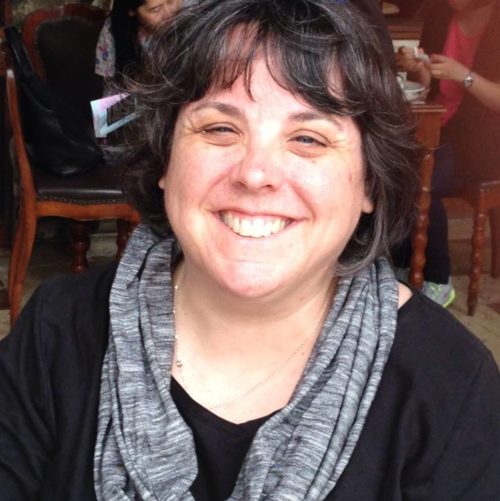Last Saturday, July 29, was my favorite feast day, one I celebrate every year: the feast day of St. Martha. Anyone who knows me even a little knows my affection for Martha–someone who I’ve spent a lot of time writing about here and elsewhere (including in my new book, where she features prominently). I love a day in the church calendar to celebrate the mostest of the hostesses, and I try to celebrate accordingly. But interestingly, in 2021, Pope Francis made the party even bigger by extending the day to now honor Mary and Lazarus, too.
Most people believe that Martha was probably the big sister, so as someone who also has a younger sister and brother, I resonate with Francis’s reframing. Martha, Mary, and Lazarus, he argues, show us important ways of responding to the Savior they all called friend. Emphasis on ways. As always, the gospel pushes us towards plentitude and capaciousness: Jesus welcomes all our ways of loving him; indeed, in his interactions with the siblings of Bethany, he positively relishes it. There is no single way to love and serve. That does seem worth celebrating!
As I write this on Tuesday, my own family is having another kind of celebration (albeit long distance): it is my sister’s birthday. And not just any birthday, but the big half-a-century deluxe. I was five when she was born, and I still remember the anticipation of my brother and me waiting at home with our grandmother for our parents to bring her home from the hospital. When they finally arrived, we had to wait patiently together in the big, green recliner as the small, red-faced bundle was gently lowered into our laps, and we met our sister for the very first time, becoming a trio. From then on, moving as often as we did, we were always each others’ first friends and steadfast companions.
As grateful as I am for our childhood, I have grown only more impressed with my siblings as we have all arrived in middle age. They are extraordinary people: caring and compassionate, capable and competent, faithful and fun. Though they are very heavy-lifters, their humility means they don’t know how amazing they are. My brother is a genius polymath college librarian who knows about everything (or will quickly learn about it, if he doesn’t) and who cares deeply about serving others, investing his time significantly in his colleagues and students. He comes to do the work: in the heavy job of cleaning our family home earlier this year, my brother was a true partner and a joy to work with. My sister has had a long career as an innovative pre-school teacher, combining imagination, love, and excellent pedagogy to make her classroom a true delight for her now generations of students. An incredible cook and baker, she has a gift for embodied hospitality, coming alongside to encourage and lift up, whether her children or her friends, too many of whom she has had to walk through terminal illnesses into death.
So I’m glad Pope Francis asked us to commemorate the Bethany siblings together–they were each remarkable people, too. Though, as I noted, there are certainly wonderful lessons to be gained from looking at Martha, Mary, and Lazarus and each of their friendships with Jesus, it is equally instructive to think about them as a family and their relationships with each other. After all, there aren’t that many families with whom Jesus closely and consistently interacts, and certainly even fewer that composed only of brothers and sisters (so pace Peter and his mother-in-law or the “sons of Thunder” brother pair). And sure, there’s typical sibling tension between Martha and Mary–I mean I’m sure no other sisterly pair in history has ever complained that the other one wasn’t doing something correctly. Of course not: they are completely relatable. Relatable, too, in the ways that they also clearly love and support each other–and grieve mightily when one is lost.
I’m looking forward to some day finding out the back story of this family from Bethany, particularly how Jesus first met them. But I’d wager that part of their attraction as friends was the way they loved each other and welcomed him into their family–a foretaste of how he would eventually welcome them into his eternal one.
Many other relationships–romantic, parental, collegial, friend-focused–seem to often get more of our attention. But the ways in which our siblings show us more ways to love God by the ways they love us is an undeniable blessing (though, sadly, one not given to everyone). After all, they are witnesses to our whole life, all our evolutions and changes, all our challenges and successes–and at best, they love us in spite of all they have seen.
Whatever our real-life familial situations, however, the New Testament insists upon siblinghood as a vital metaphor, albeit one that must be enfleshed. It’s a big ask, especially these days when being in the Christian “family” seems more and more like being trapped at the worst holiday dinner ever. Nevertheless, we need to take every opportunity we can, feast day or not, to consider our duty to all those that Christ asks us to welcome as sister and as brother in the family of God.
Martha and Mary and Lazarus would want us to.

